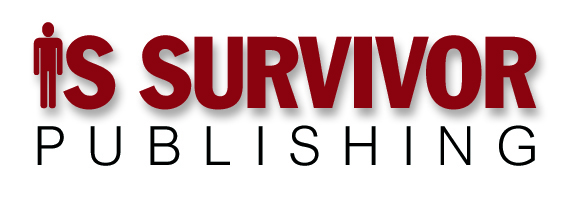As we speak, a business is about to fail.
I’m not talking statistics. I’m talking about a specific business, one that experienced years of rapid, profitable growth. It’s about to fail, its management has no idea it’s about to fail, and the reason it’s about to fail speaks volumes about both the nature of business process, and its limits.
As a result of Hammer and Champy’s publication of Reengineering the Corporation in 1994, Jack Welch’s highly publicized adoption of Six Sigma at General Electric in 1996, and Toyota’s development of Lean Manufacturing, publicly codified in the 1990s, a perspective has coalesced among business leaders and thought leaders that corporations are collections of processes. Optimize processes, the thinking goes, and companies will decrease costs, improve quality, and increase throughput, all while reducing their dependence on individual employees.
As is so often the case when it comes to business thinking, the search for silver-bullet solutions blinded the searchers to the difference between validity and completeness. Yes, businesses are collections of processes (more accurately, they’re collections of business functions — a term we use in my consulting practice that includes process, practice, and all points between).
But that’s not all they are. Businesses are also composed of:
- Individual, self-interested human beings,
- Interpersonal relationships,
- Communities,
- Knowledge … subject-matter expertise,
- Contests for power and influence,
… to list just a few of the most important perspectives.
And while legally “the corporation” might have hard, clear, well-defined boundaries, operationally the boundary separating inside from outside is both fuzzy and permeable.
The most obvious example is outsourcing. When a company takes a business function handled by staff and puts it in the hands of another company, it’s still that company’s business function.
Supply chain management and the use of independent distributors are also outsources: Whatever components a company purchases from outside suppliers are components the company could also choose to produce internally; likewise, whatever an independent distributor does is something a company could do with its own warehouses, trucks and so on.
Customer relationships are another fuzzy boundary. While customers are outside the corporate wall, customer relationships lie partially inside the company.
Which brings us to the about-to-fail company. Like many other companies, it relies on Asian sources for its components. Also following a familiar pattern, it employed a local representative to deal with its suppliers on a day-to-day basis while establishing formal processes for managing the supply chain.
Regrettably, the company followed another familiar pattern. Its founders mistook their success for their being the sole cause of success. As a direct result, they lost both their on-shore supply chain managers and their local representative in the course of just a few months. The on-shore managers’ departures were caused by the poisonous atmosphere engendered by the company’s founders. Without the on-shore managers to provide insulation, the local representative was exposed to the same atmosphere, and left as well.
What does this have to do with process, practice, and the company’s impending failure?
Everything. Because it isn’t just true that companies are collections of interpersonal relationships as well as business functions. They’re collections of interpersonal relationships before they’re collections of business functions.
And the smaller the companies involved, the more this is true — smaller firms are qualitatively different from bigger ones. The relationship between Apple and Foxconn might depend on nothing more than a negotiated contract and regular flow of controlling documents and management reports. I doubt it, but it’s possible.
The flow of components (or finished goods if the company fully outsources production) to a company with 250 employees that designs, manufactures, and sells, say, specialty shoes, or designer purses, or high-end baseball gloves, or any other product produced in quantities counted in thousands rather than millions … the flow to a company like this from its offshore suppliers of similar size depends on the relationship between the people who own and run its suppliers and the company’s local representative, and to a lesser extent to their relationship with the company’s on-shore supply chain management team.
Lose both and when the time comes to introduce new products that depend on new components, the negotiation will be between strangers, not between trusted partners.
This doesn’t make the situation irretrievable. Employees do move on to other opportunities, after all, and if they were able to build effective working relationships, their replacements can, too.
Whatever it is that a company needs to run effectively, whether it’s a critical piece of machinery or interpersonal relationships, when the people who run a company don’t value it they won’t invest in it. And if a company doesn’t invest in what it needs, it won’t get what it needs.
Which is why I expect it to fail.
